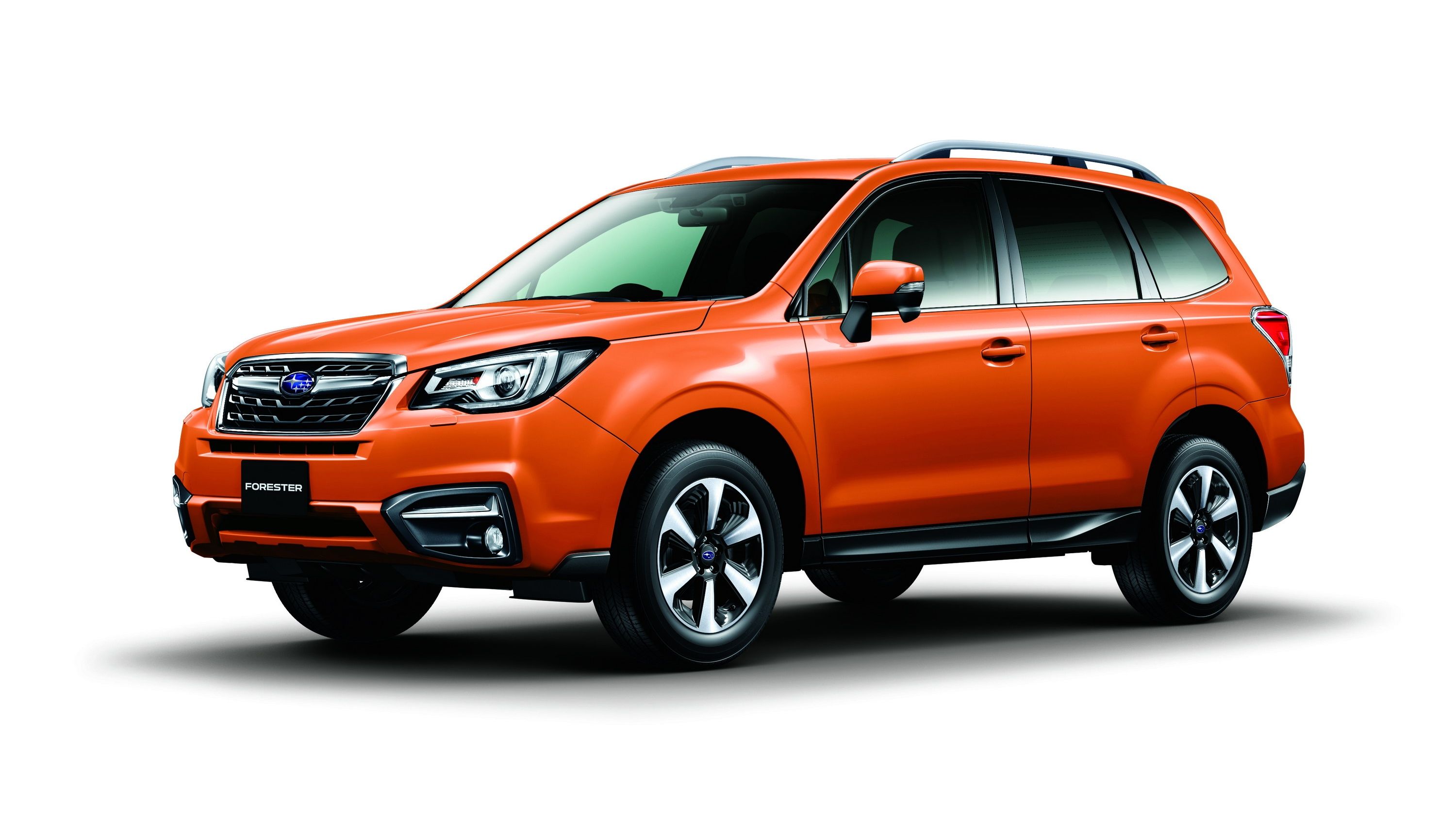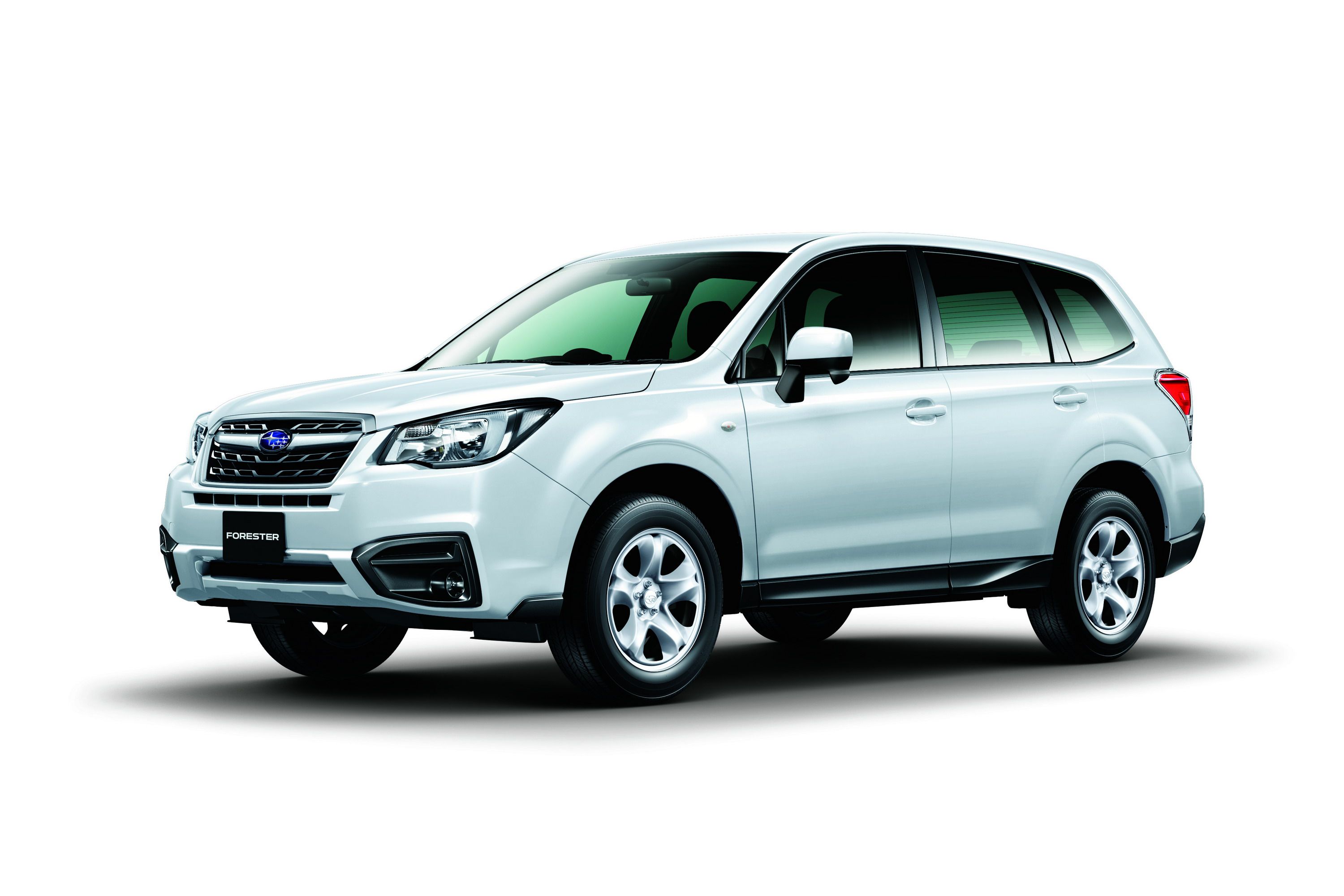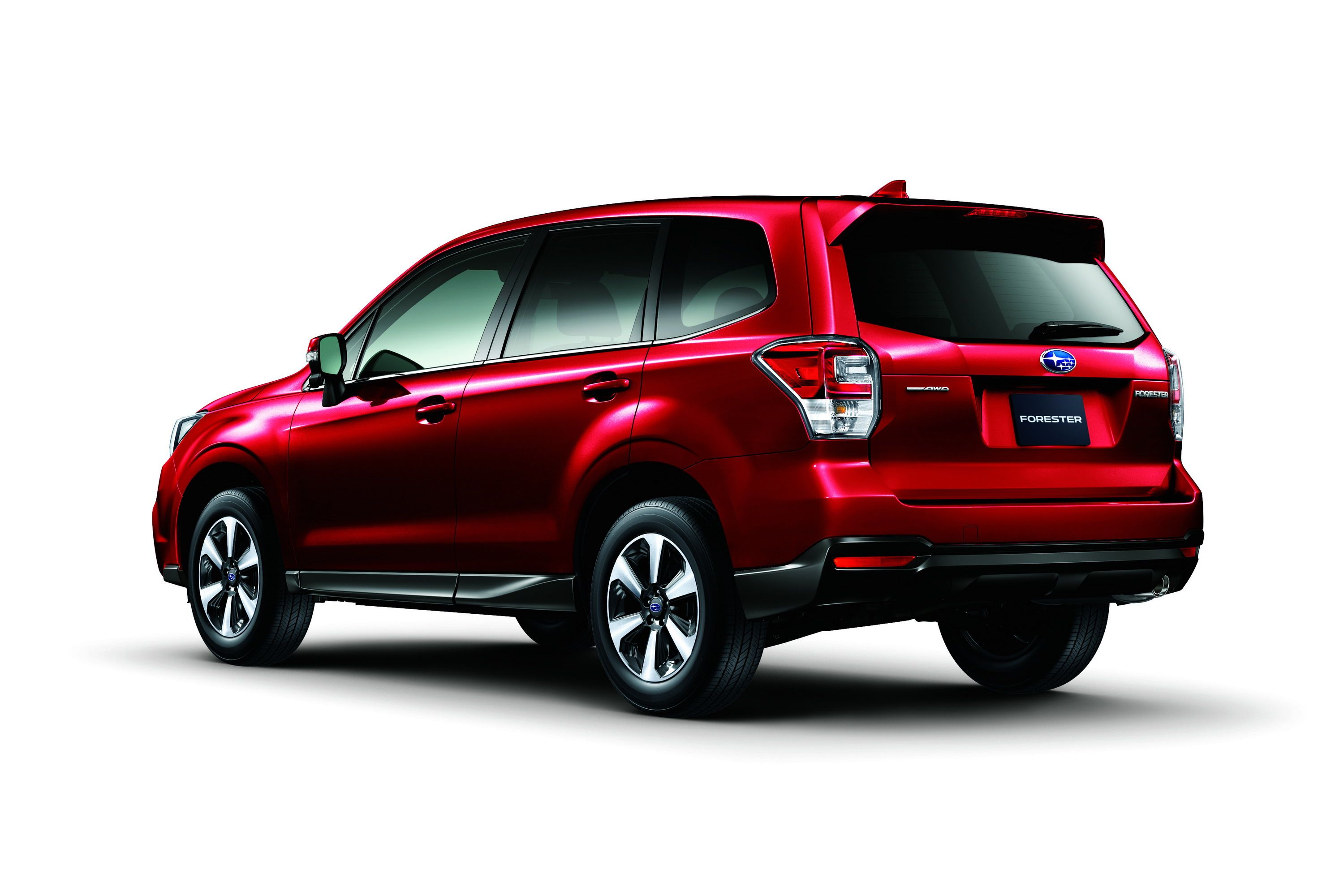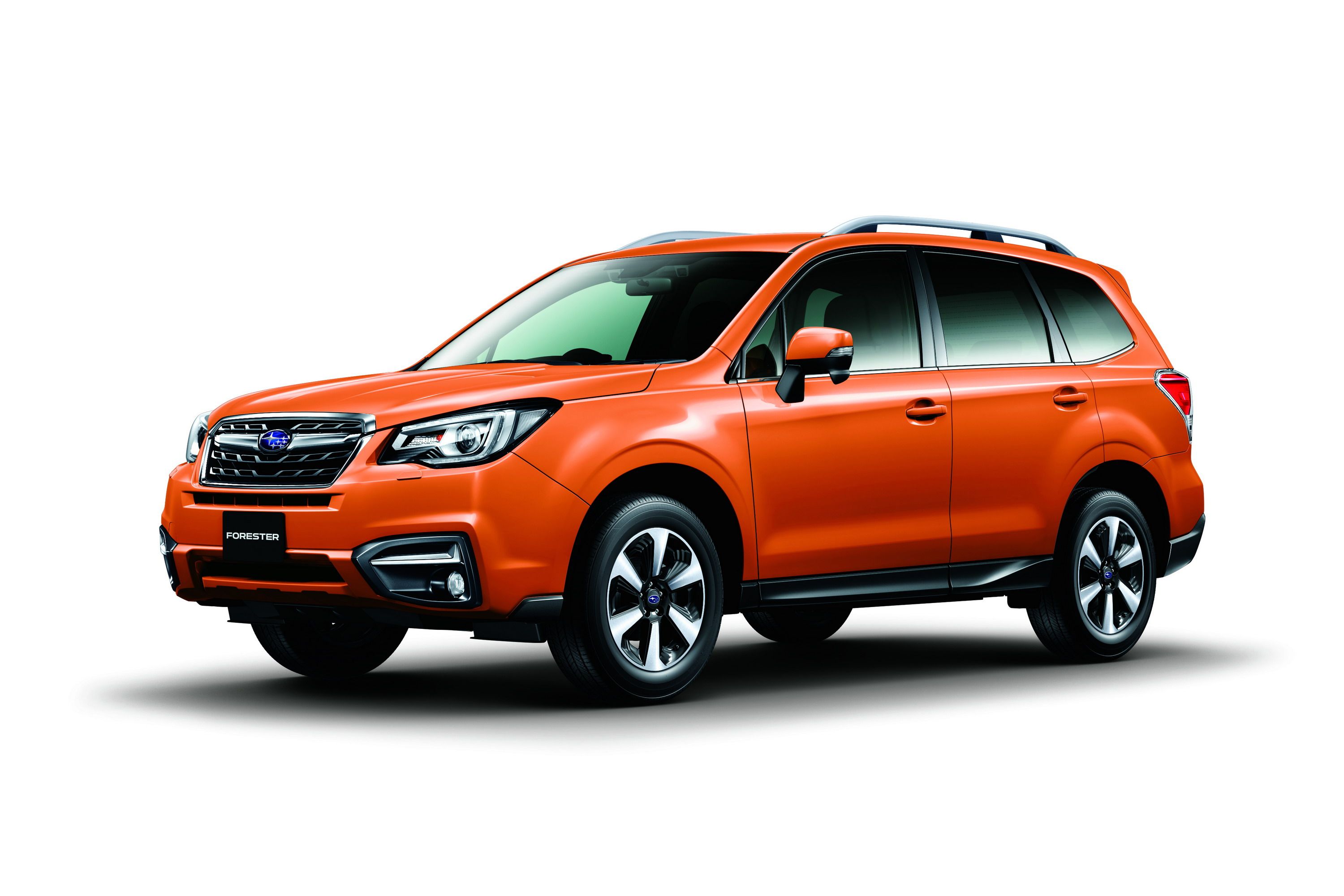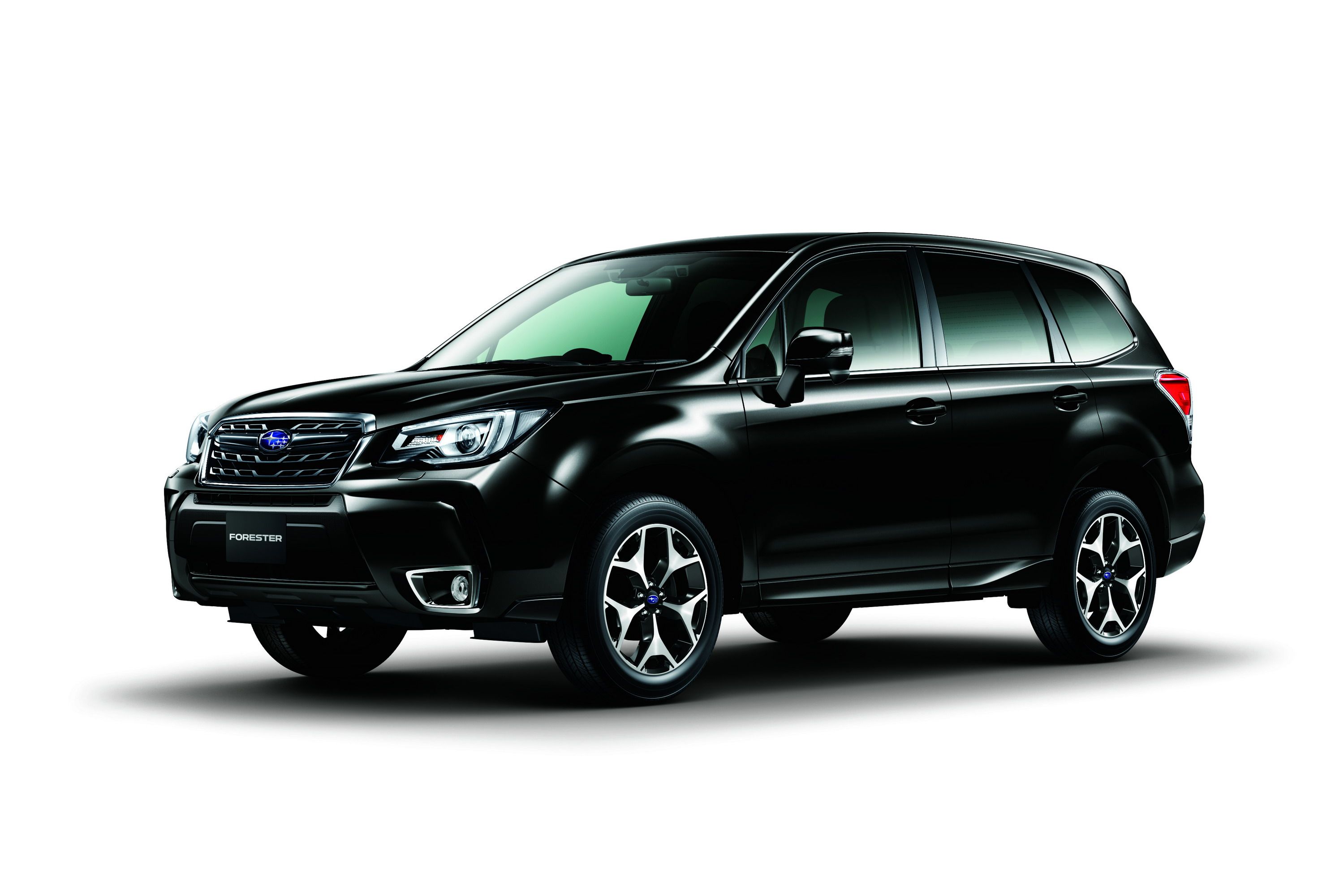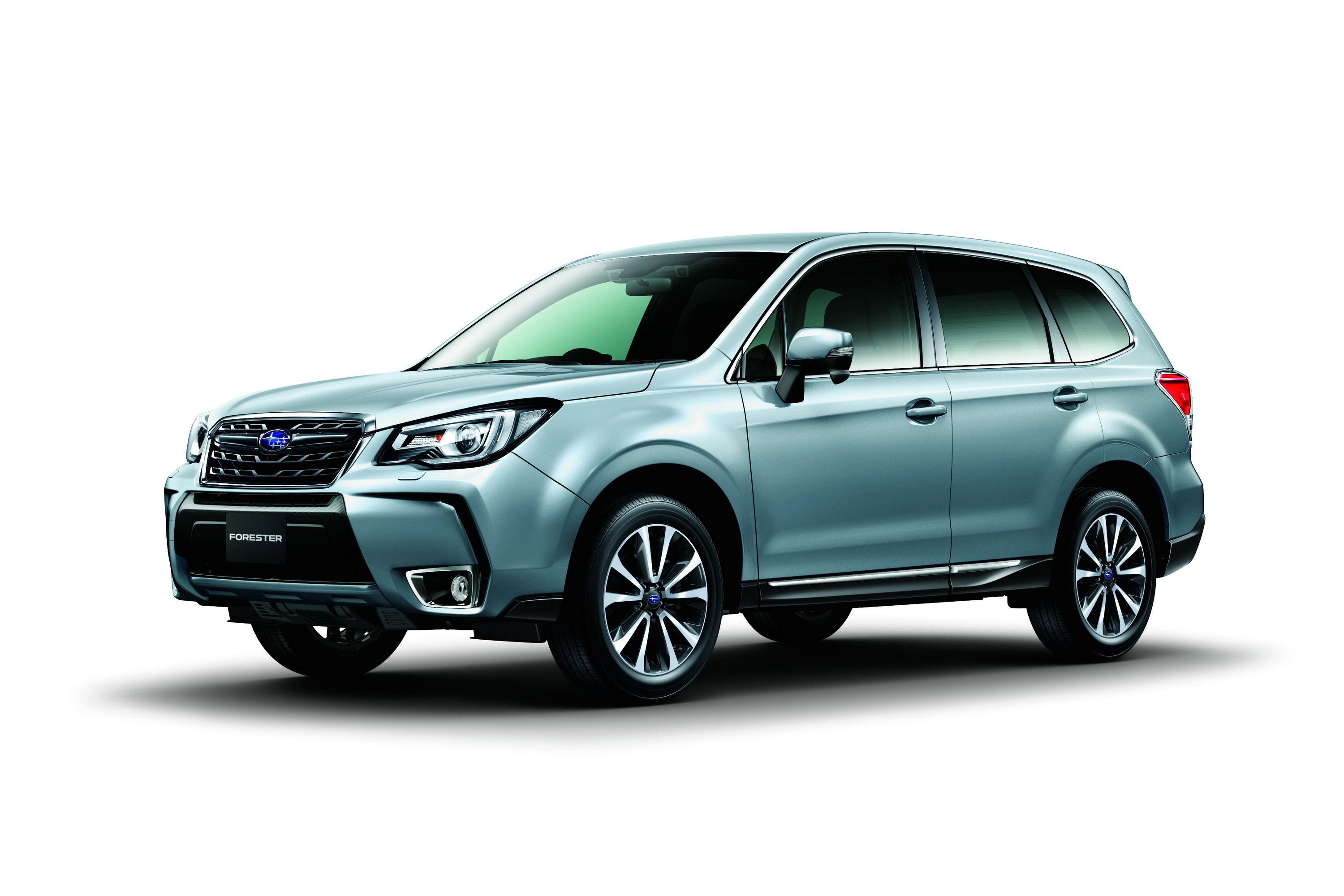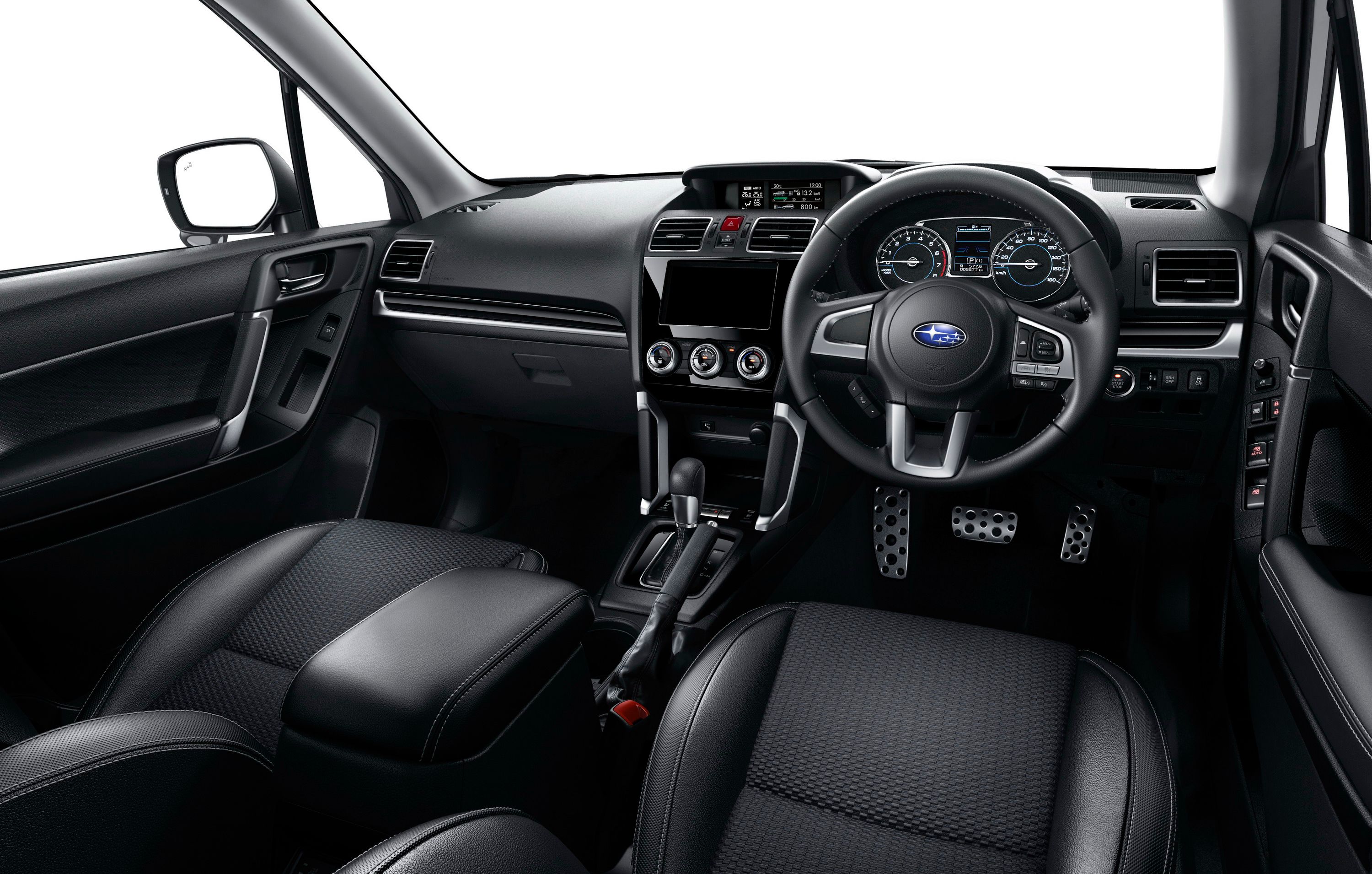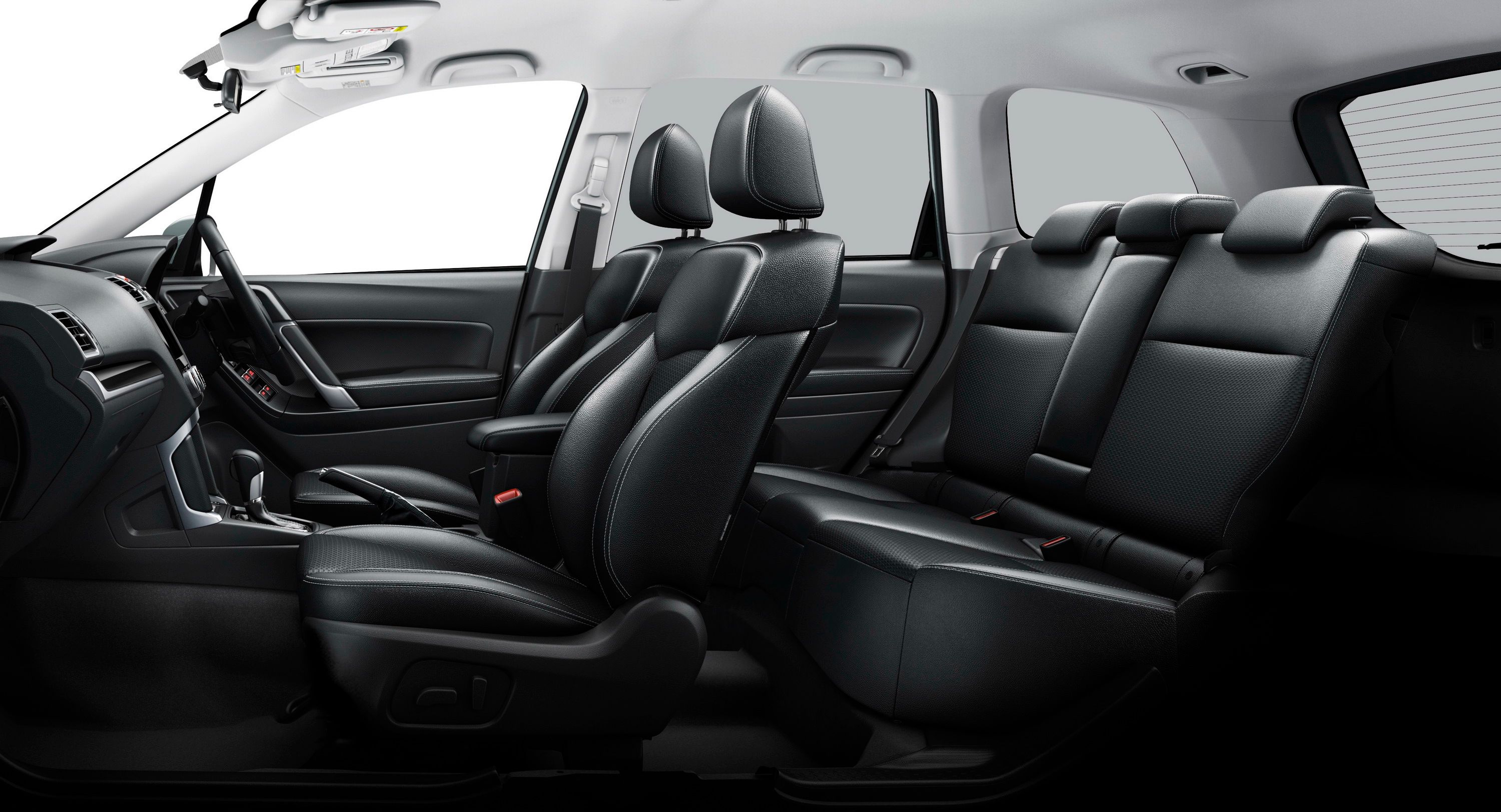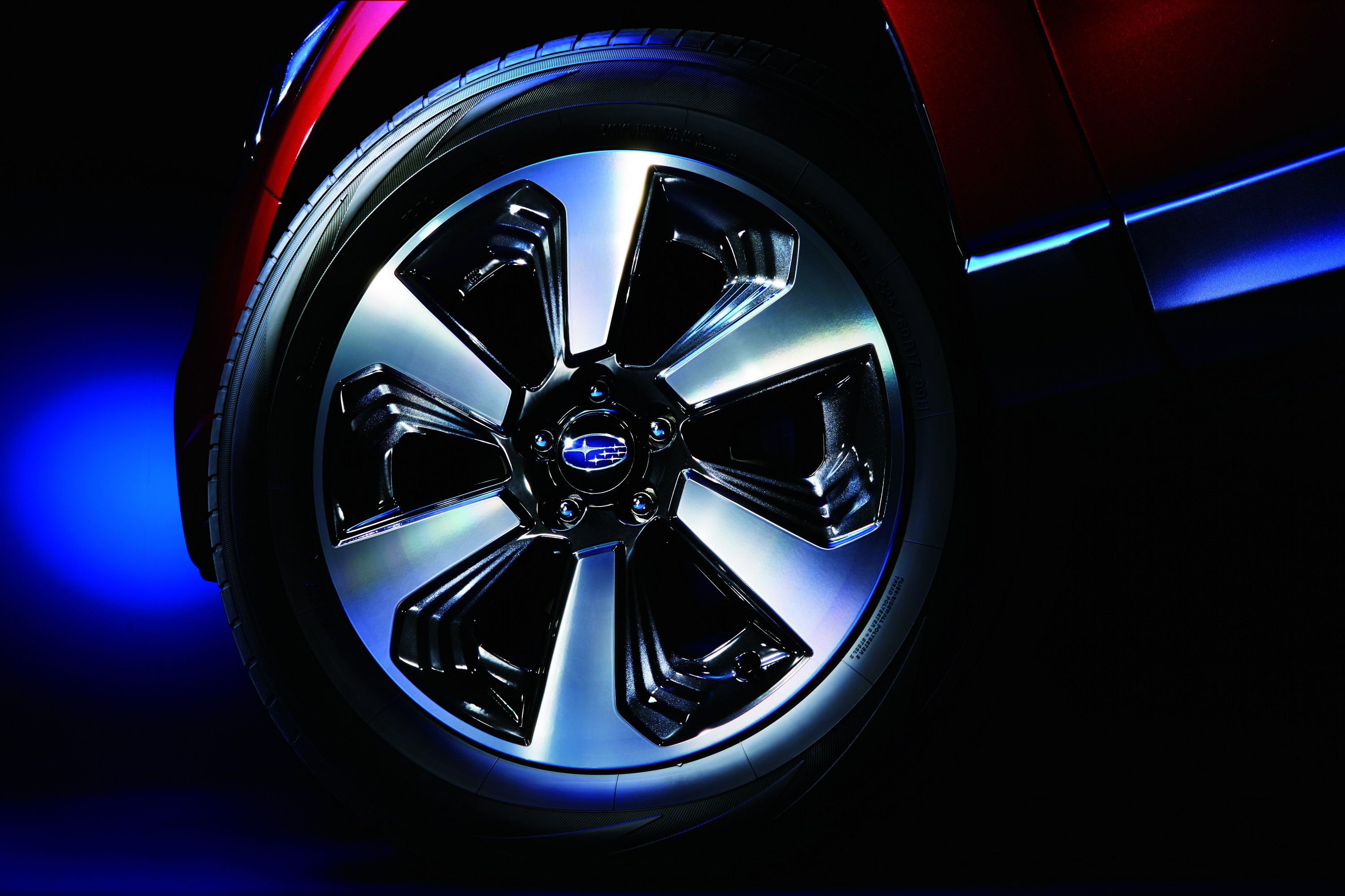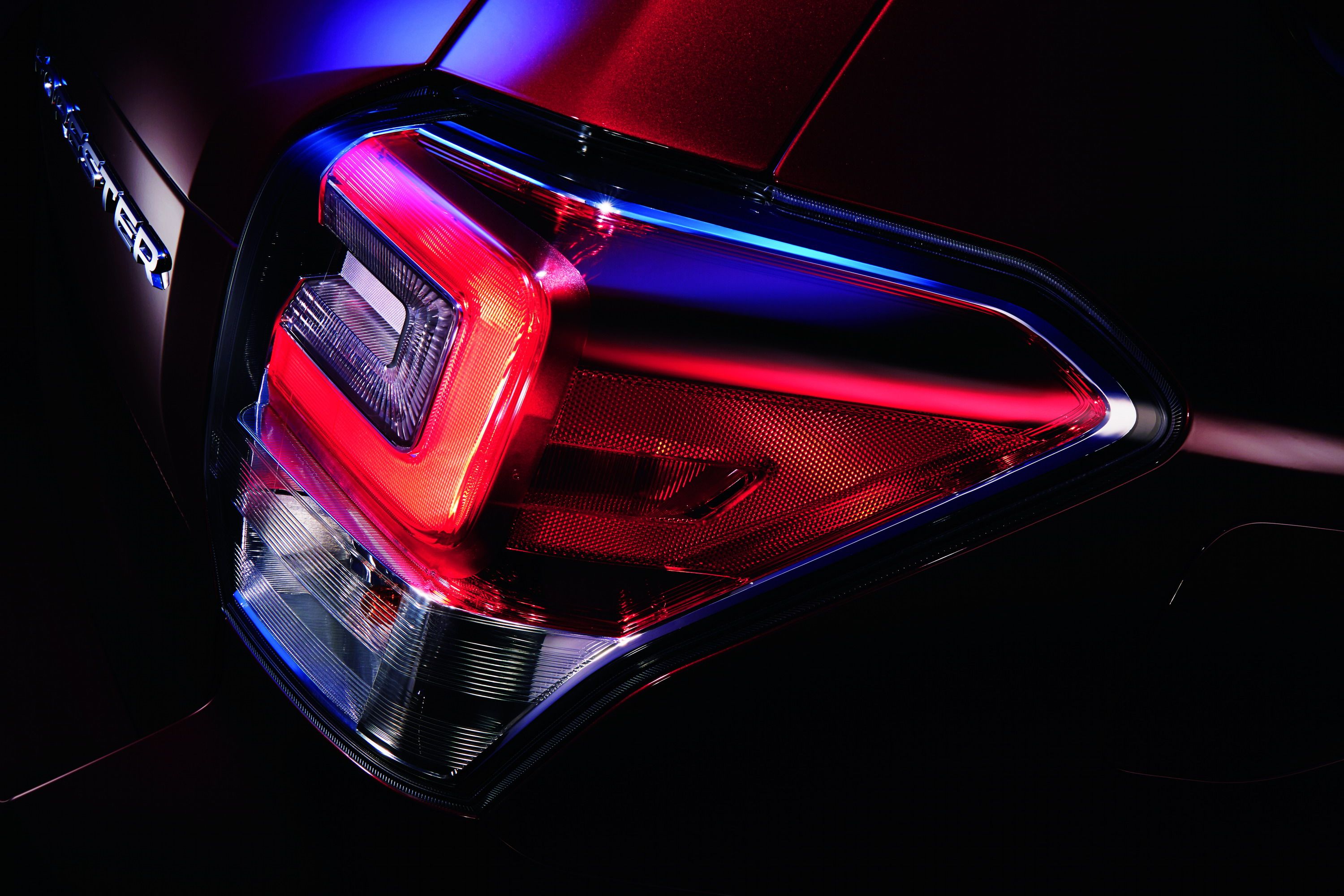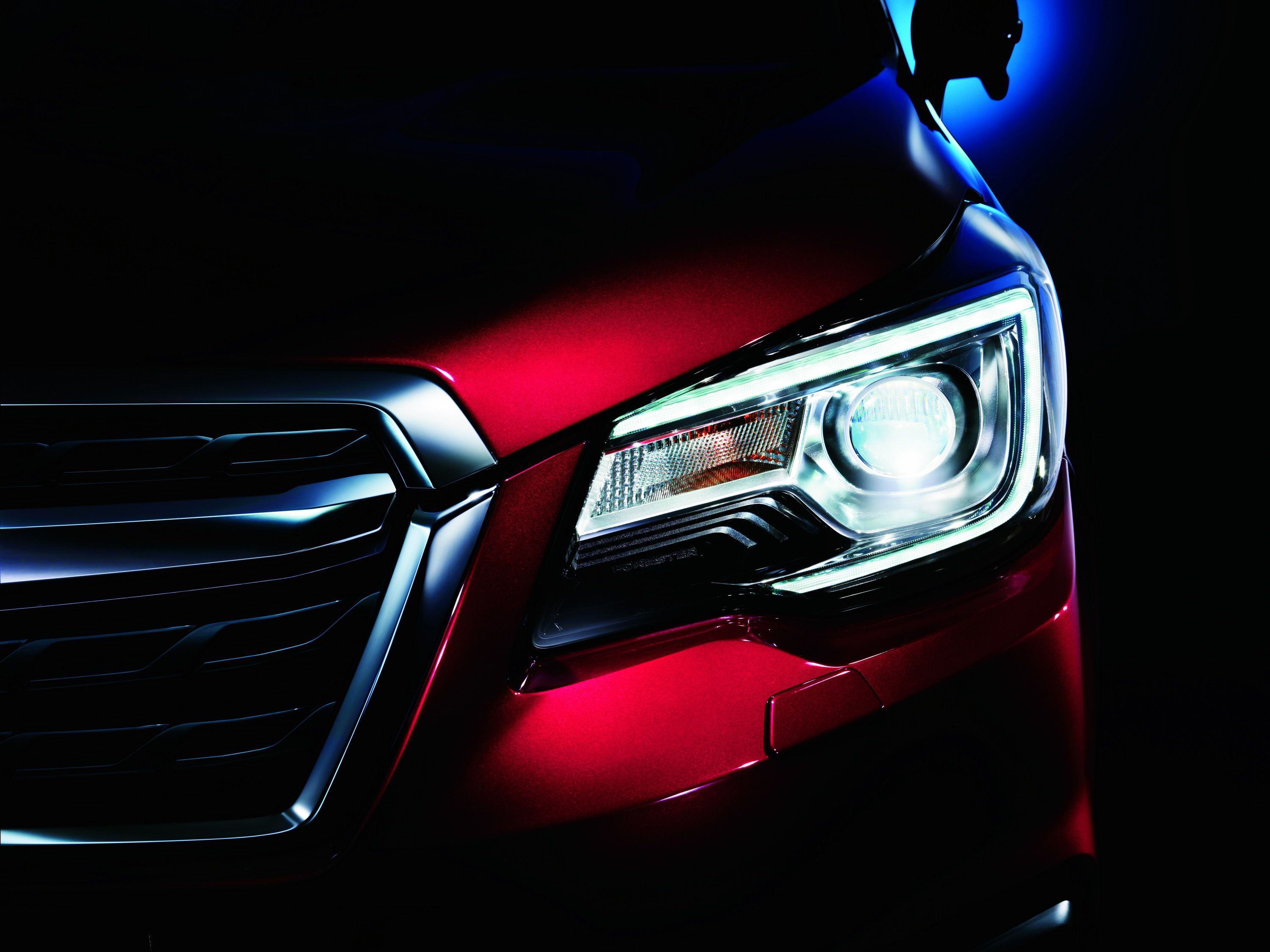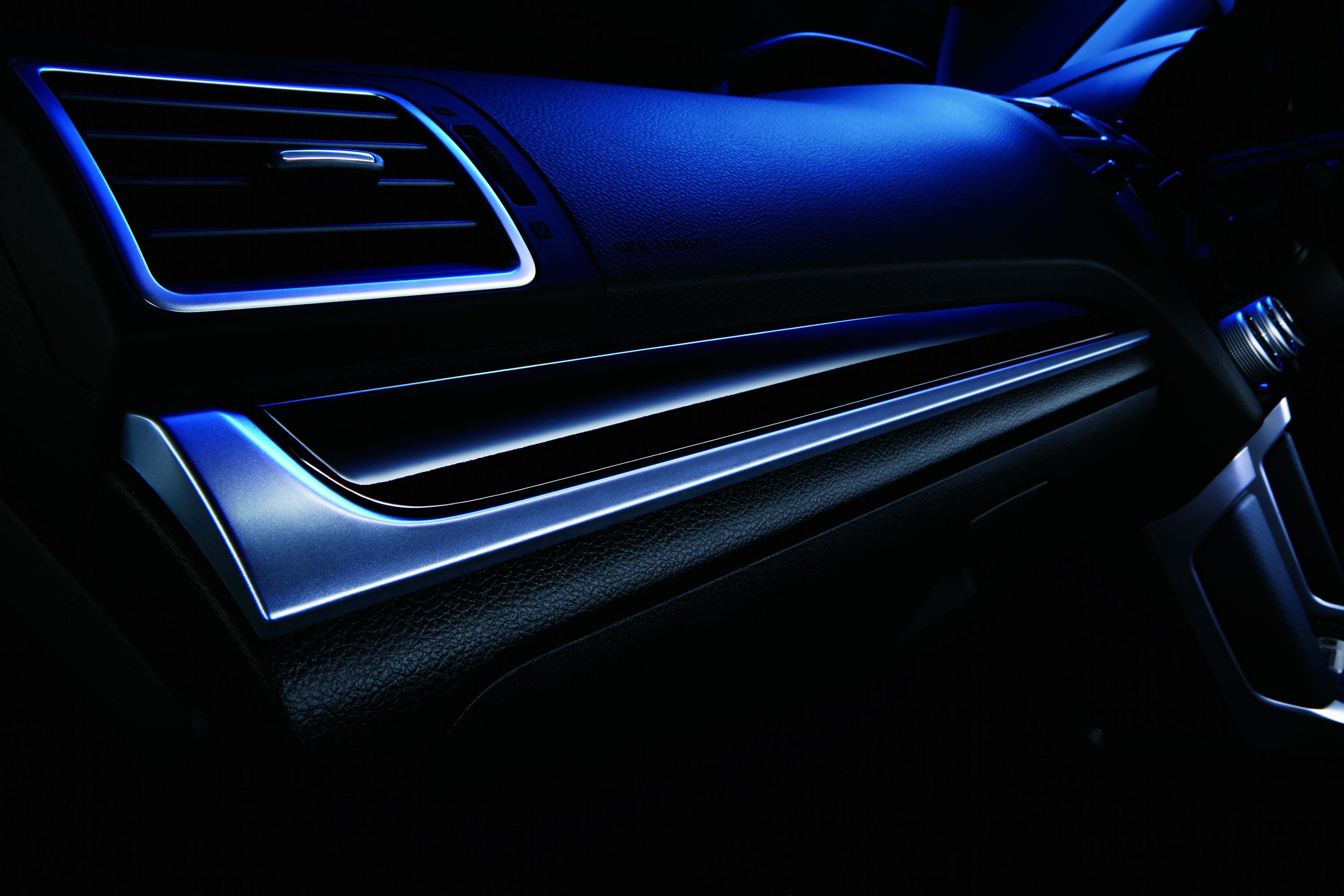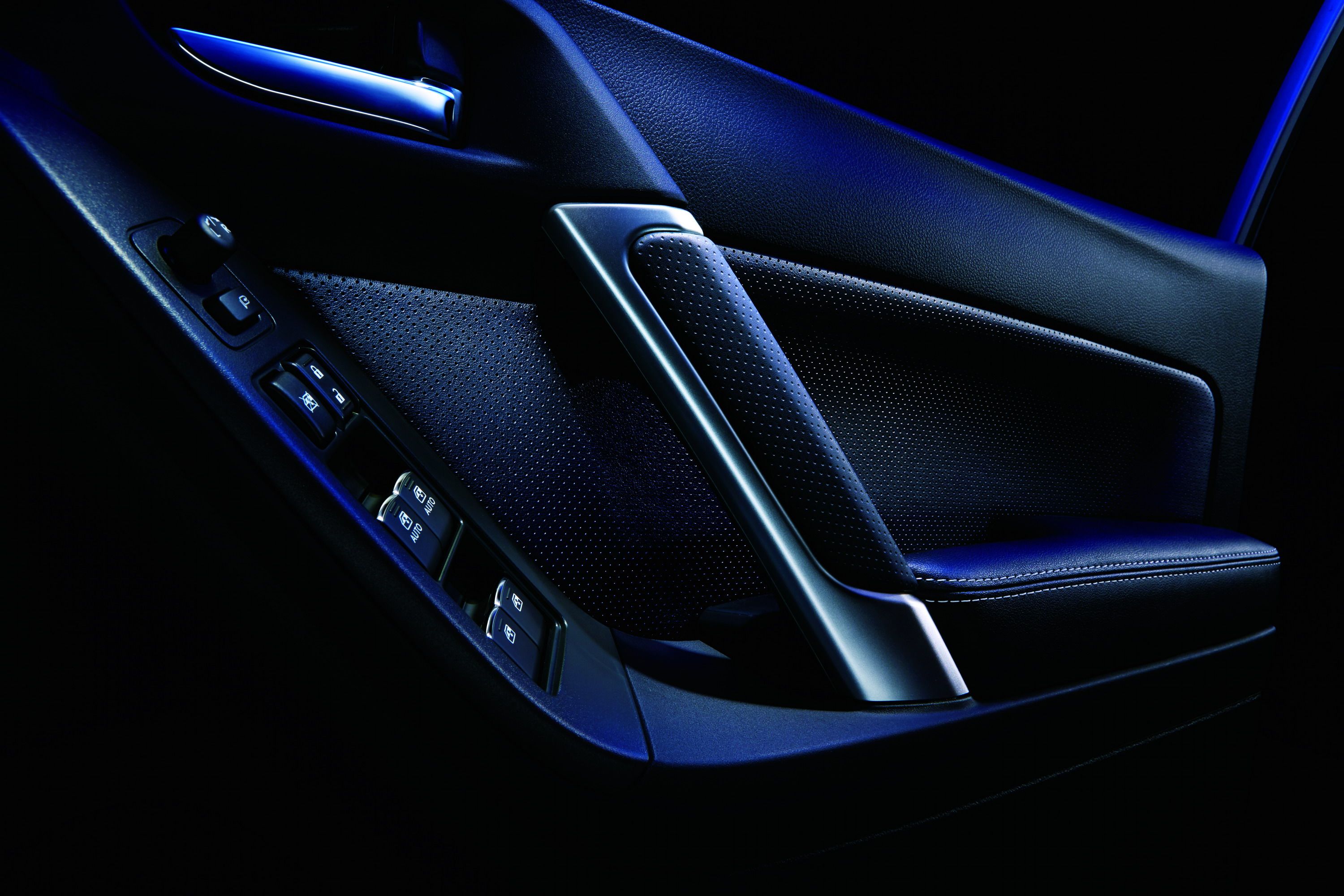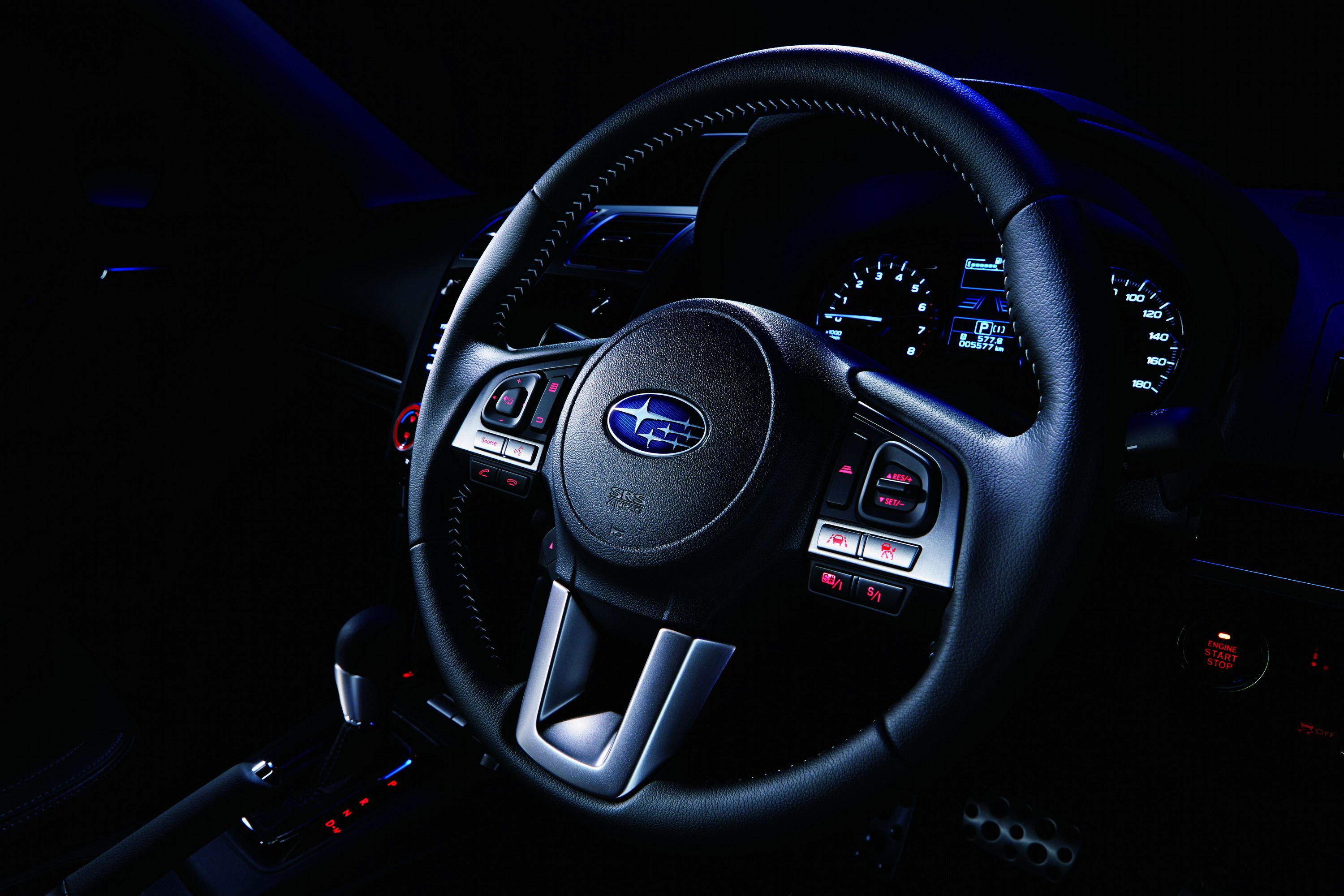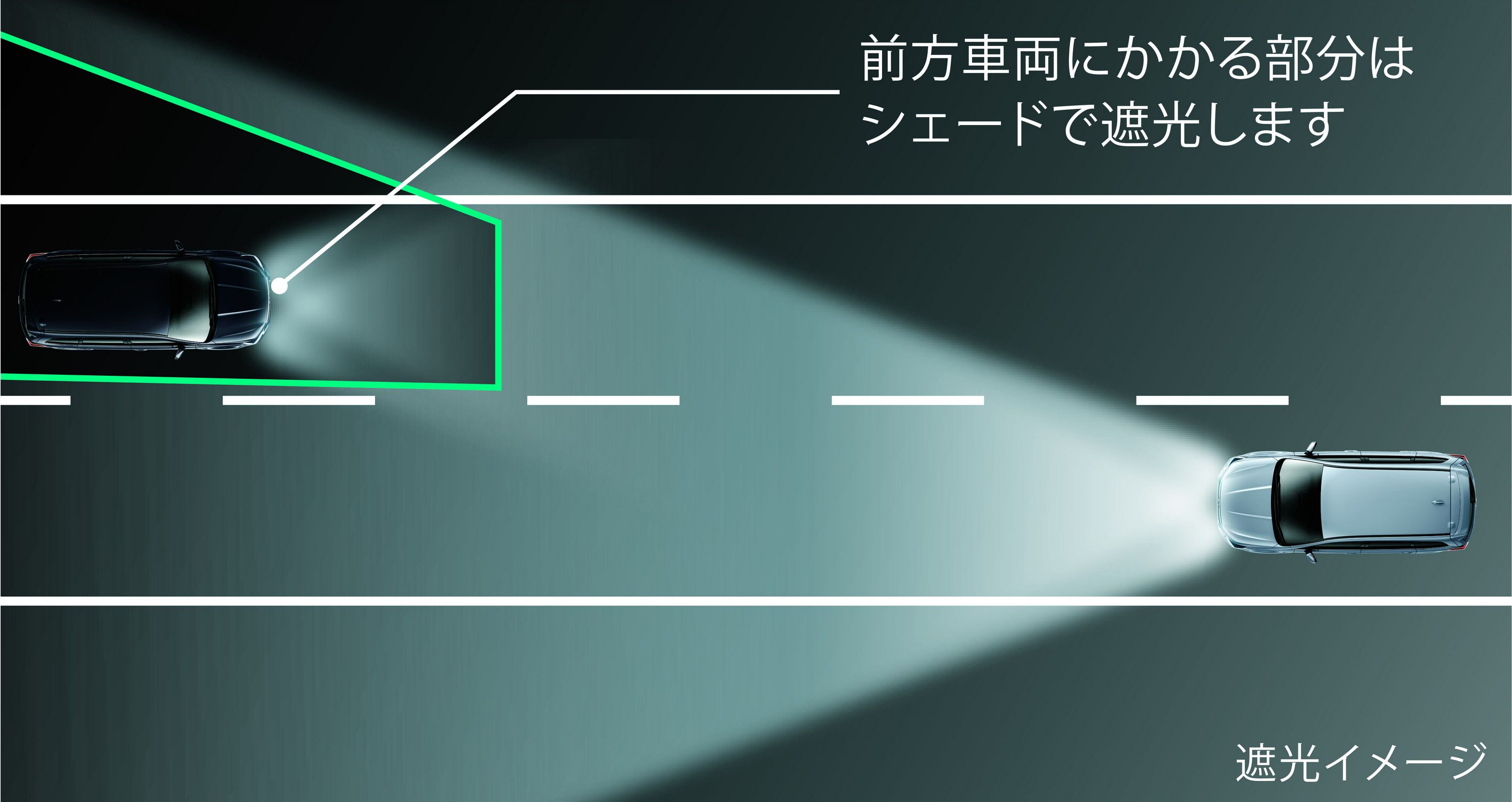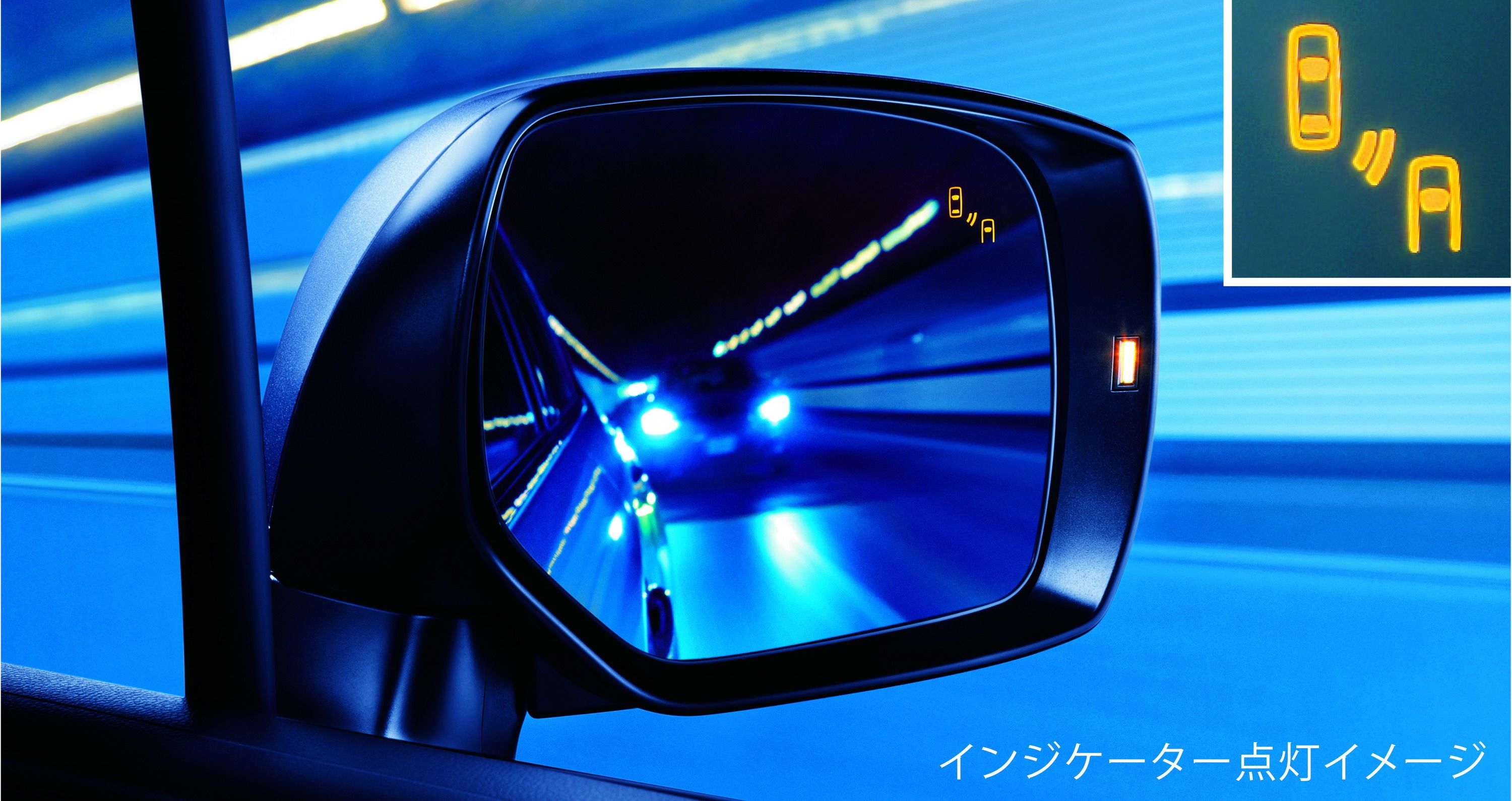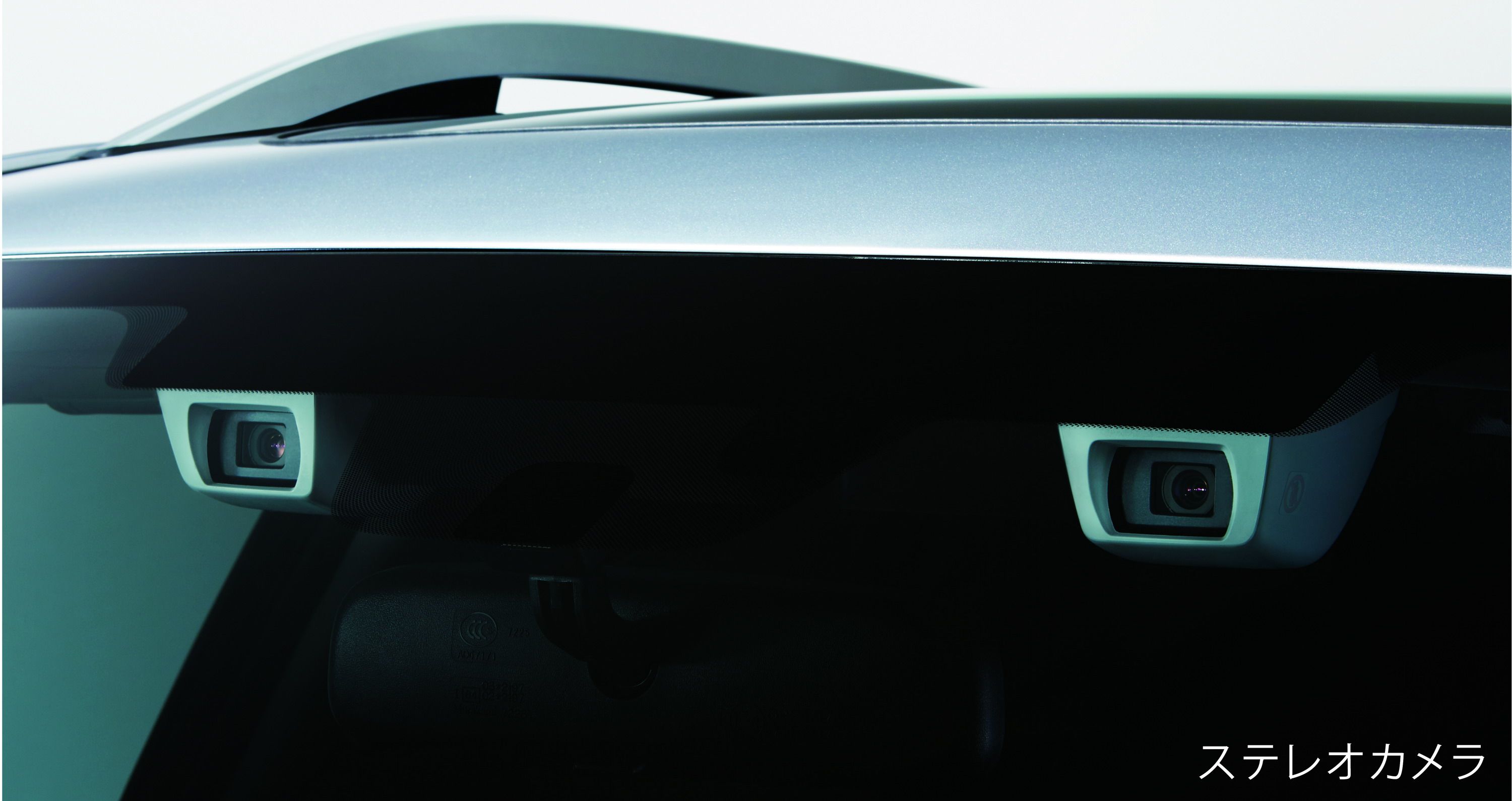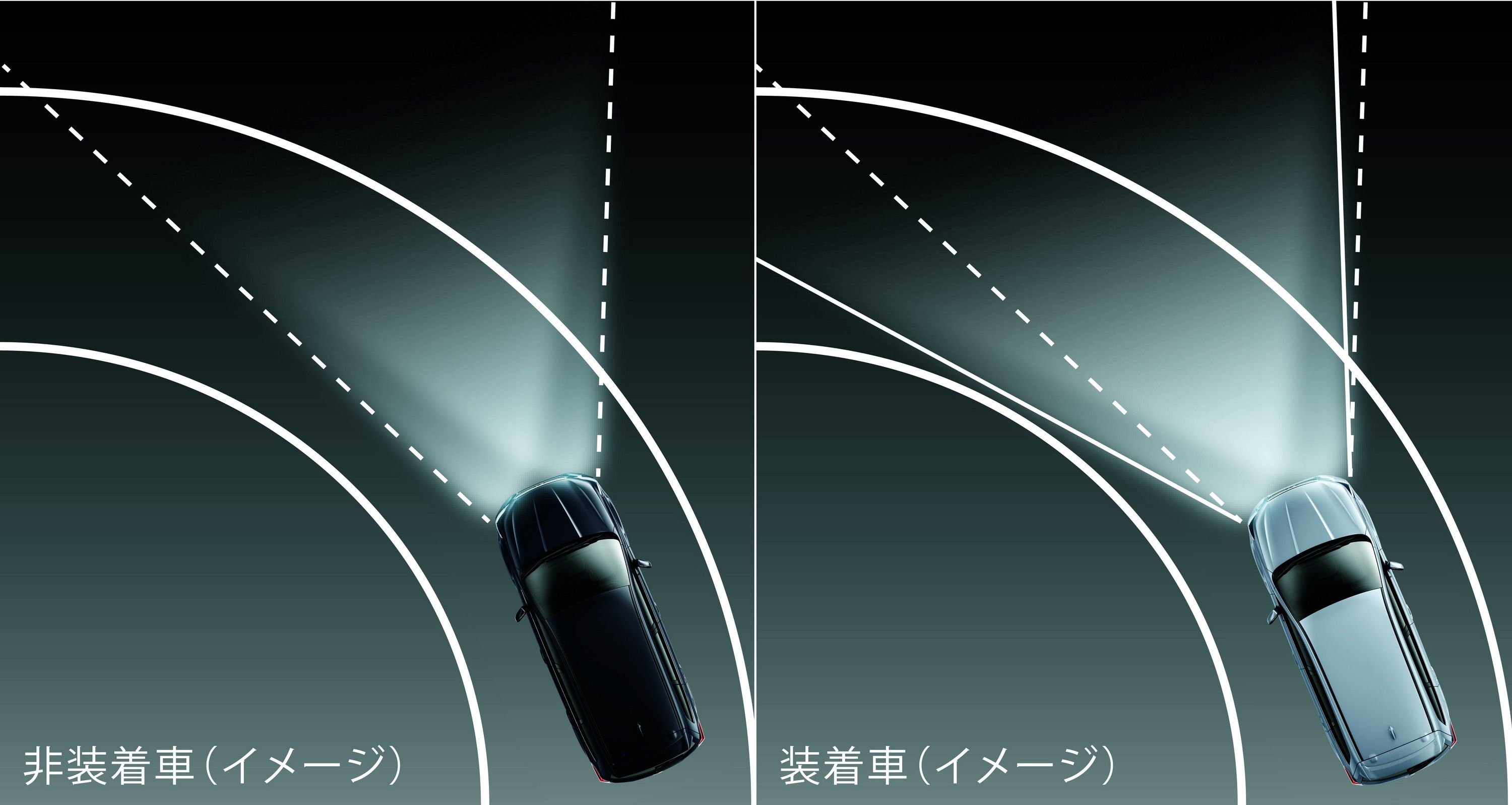First introduced in 2014, the fourth-generation Subaru Forester->ke1151 is still pretty new. But Subaru->ke86 is already looking to the future with a facelifted version slated for the Tokyo Motor Show.->ke1834 It might seem as though the automaker is rushing things a bit, but initially, the facelifted crossover->ke288 will only be available in Japan, and the updates probably won't reach the U.S. any earlier than the 2017 model year. At that point, the timing will be a bit closer to the norm, but the truth is, the Forester doesn't really need help in the U.S. market. The model has experienced a sales boom in the past few years, and it's still on an upward trajectory.
The updates aren't extensive, but it's entirely possible there will be a few more thrown in by the time the new model reaches our shores. The mechanical updates are subtle enough that it's possible customers won't even notice. However, Subaru does claim improved fuel efficiency for the naturally aspirated models. The downside is that the update doesn't include an option for something other than a CVT for turbocharged models.
Continue reading to learn more about the 2017 Subaru Forester.
subaru-forester
- Make: Array
- Model: subaru-forester
2017 Subaru Forester
- Make: Array
- Model: 2017 Subaru Forester
- [do not use] Vehicle Model: Array
Exterior
The exterior carries the same recognizable sheet metal as before, but with a few subtle changes. Starting from the front, the fascia has been altered to appear wider. This includes a new grille, but many of the updates are in the headlights, which have a U shape that is also repeated in the taillights. The headlights also come with Subaru's first LED high/low beam setup, and the units are steering responsive as well. The wheels still come in the same 17- and 18-inch size options, but they have been redesigned for a new look and better aerodynamics.
There are a couple of new paint colors as well, including a Dark Blue Pearl and Sepia Bronze Metallic, both of which are a refreshing change of pace from the usual paint colors offered for family cars. The Forester has always been a reasonably good looking vehicle, at least since it stopped being an abnormally tall wagon and gave in to become a full-on crossover, and the updates give it a higher-end sort of a look. It's still not actually exciting in any way, and you'd never mistake it for a luxury model, but for a mainstream crossover, it does its job well.
Interior
Subaru upgraded the materials on the interior, but not in a huge way. The center armrest, center console and door grips all have new leather – a nice thing to have, but a minor detail in the end.
The instrument panel now has a color screen in the center, although it's mostly used to display information relating to the various optional electronic driver's aides. Subaru also improved the voice recognition feature for the navigation system. This will require you to option up to the Harmon Kardon stereo system, although it's probably something you want anyway.
Drivetrain
Engine and transmissions options remain unchanged following the facelift. The engines are both four-cylinder boxers. Quite the rare thing these days, but it does keep the weight of the engine closer to the ground, lowering the center of gravity compared to most crossovers.
The entry-level engine is a 2.5-liter that produces 170 horsepower, while the other option is a turbocharged 2.0-liter that makes 250 horsepower. Nearly all Foresters sold in North America will have a CVT. There is an available six-speed manual, but only for the base engine. The CVT's software has had a going-over, and it will simulate an eight-speed transmission, but these simulations are never quite the same as the real thing.
The suspension and steering have been tweaked as well, and Subaru promises better handling. However, handling has always been a weak point of the Forester, and it would take a lot of improvement to get to where it should be. Subaru's iconic AWD is still offered, and it remains one of the best systems around, especially in this price range.
Safety
Electronic driver's aides seem to have been the main focus for this facelift, and the new options make the Forester a leader in its segment. The new aides are part of the latest version of Subaru's EyeSight suite and include Active Lane Keep, Pre-Collision Braking Control, Adaptive Cruise Control, Blind-Spot Detection, Lane Change Assist and Rear-Cross-Traffic Alert. There are also cameras that detect motorists driving in the opposing lane and automatically adjust the headlights. On top of all of this, the Forester already has a five-star safety rating from the NHTSA.
Competition
Mazda CX-5
Looking at the Forester, one might think a little bit of driving excitement is too much to ask in this segment. But that's not necessarily the case, as the Mazda CX-5 offers enthusiast-level handling in a compact crossover package. The Mazda isn't quite as powerful as the Forester, but it makes better use of the power it does have. It looks better than the Subaru too. The downside is that AWD is only available with the pricier of the two engines.
Read more about the Mazda CX-5 here.
Honda CR-V
Considered to be more car-like than most of its competitors, the CR-V also offers better handling than the typical crossover. Styling is still pretty nondescript, but those in the market for a Forester will be used to that. The base engine is good, but there's no option for something more powerful. AWD also costs extra, although the tradeoff is a high-quality interior.
Read more about the Honda CR-V here.
Conclusion
The Forester might not be the vehicle that enthusiasts buy, but it is the one that they advise all of their friends with kids to buy. It might not offer a lot in the way of excitement or driving thrills, but it's flawlessly practical and as useful as budget-minded family vehicles can get. That's why it's become so popular and will only gain in popularity. The updates for this refresh will surely be appreciated, but they aren't game-changers, and the Forester's practicality will continue to be its biggest selling point.

